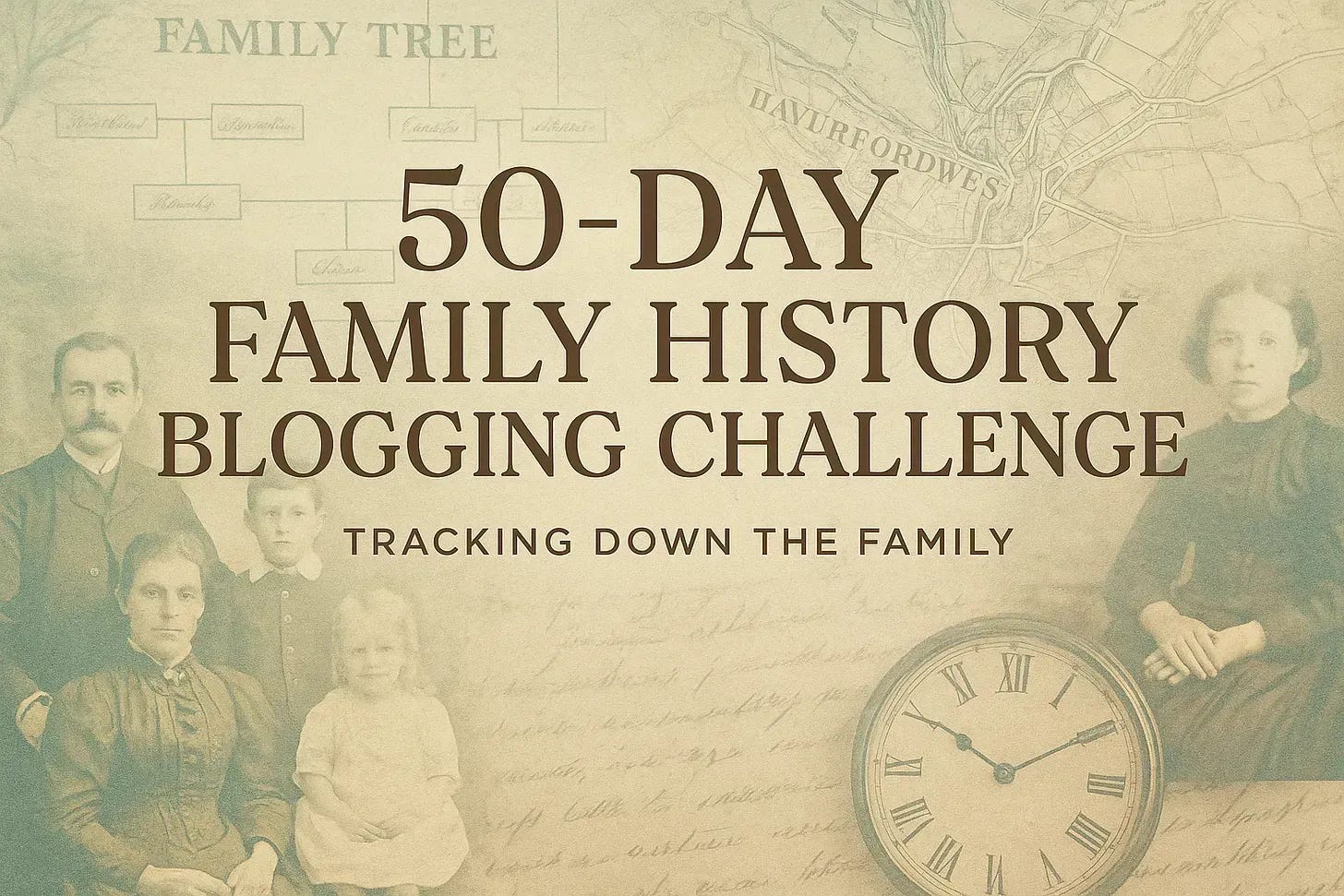George Lowe - Money Lender and Property Owner
Once a convict, now a man of means, George Lowe re-established himself in Hobart as a moneylender and property owner. He even offered to buy the Theatre Royal.
Back in Hobart
After years of hardship and hard work George Lowe, exconvict turned businessman, returned to Hobart with big ideas. No longer the newly freed man seeking his place, Lowe was becoming a fixture in Hobart's economic and social scene. Moneylender, property owner, and briefly a man of the theatre, George Lowe’s post-convict life reveals a mix of financial savvy, ambition, and occasionally controversy.
Property, Mortgages, and Convicts
Lowe wasted no time in building his wealth. In an 1836 court case (Dutton v. Triffitt), it was revealed that a batch of bullocks had been strategically moved to avoid seizure under a mortgage held by none other than George Lowe. George Lowe was becoming a known figure in financial circles.
He was also active in the assignment of convicts. In 1836 alone, multiple convicts were transferred to Lowe from other Hobart residents. These included Thomas Walker from James Strong and M. Malony from Edgar Luttrell. Interestingly, Malony was later transferred on to another Hobart resident by Lowe.
Real Estate Rising
Throughout the late 1830s, George Lowe’s name appears regularly in land title notices and property claims. By 1837, he held property in Argyle Street, Hobart Town, a valuable location then and now. By 1839, he was the original owner of additional land in town, evidence of his expanding real estate footprint.
In court testimony and property disputes, Lowe appears again and again, sometimes as a witness, often as a claimant. By now he had become part of the Hobart’s business scene.
A Bid for the Theatre Royal
Most intriguing to me, is Lowe’s connection to Hobart’s Theatre Royal which was then called Hobart Town Theatre. In 1839, he gave evidence in a dramatic court case, Degraves v. Moses, concerning the botched sale of the theatre. Allegedly sold to a Mr. Moses for £2025, the deal soured, and accusations flew back and forth that Moses intended to live in the theatre and had even installed a chandelier. Lowe entered the scene with an offer of £2250, part cash, part property, including a cottage worth £45 per annum.
Though Lowe didn’t succeed in securing the theatre, he remained active in the saga. In 1841, he joined other shareholders in signing a notice calling for legal action against Peter Degraves, whom they accused of illegally holding the premises. The meeting, chaired by Thomas Lucas at Mezger’s Hotel, united Hobart’s theatre stakeholders, Lowe among them, in what would become a high-profile squabble over property, prestige, and power.
Loans, Lawsuits, and a Move to Port Phillip
By December 1839, Lowe was planning a move to Port Phillip, leaving his affairs in the hands of his son, James. Within months, he was back, advertising moneylending services from his new shop near Argyle Bridge, offering sums "from five shillings upwards" to those who could offer "reasonable security."
Still, not all was smooth sailing. Lowe was sued by a hired servant for unpaid wages in 1841. The court ruled against him, ordering payment of £2 2s 9d plus costs.
He also attempted to recover debts in insolvency proceedings, partnering with George Stokell to pursue funds from an insolvent farmer in Richmond in 1842. And in a more civic-spirited moment, he donated £1 toward Hobart’s annual regatta in 1843.
Final Thoughts
George Lowe’s post-convict life is a story of ambition, cheek and transformation. From managing assigned convicts to fighting for control of a theatre, from real estate dealings to courtroom dramas, Lowe was contributing to the development of Hobart.
This is just a brief outline of George’s story. It would take many pages to outline his deals, here both succussful and failed.
In Hobart’s turbulent, opportunity rich 1830s and 1840s, George Lowe was a mony lender, litigant and a landlord. He certainly left his mark, after a dubious start to his adult life.
16/50 Day Blogging Challenge
Day 16/50 Family History Challenge






